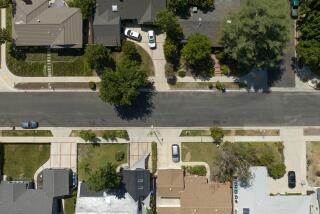The Environment and Water Needs
Reisner hails the MWD-IID water conservation and transfer agreement as an “all-carrot and no-stick approach.” Unfortunately, as in so many ecological relationships, there is no free lunch.
What Reisner fails to mention is that the proposed concrete lining of the All-American Canal, which would “save” 100,000 acre-feet of water, would also dry up marsh and riparian habitat now watered by seepage through the canal’s dirt banks and bottom. The marshes are home to the Yuma clapper rail, a bird declared an endangered species by the federal government, and the California black rail, a candidate for federal designation as an endangered species and already listed as rare by California. These species simply cannot suffer any more loss of habitat.
Whatever amount of water is “saved” in the Imperial Valley will go to the MWD and will be taken from the Colorado above Parker Dam. It no longer will flow south to Imperial Dam, where the All-American Canal begins. A considerable stretch of the river will be further dewatered by anywhere from 100,000 to 420,000 acre-feet, or potentially nearly 10% of California’s total allocation of 4.4 million acre-feet.
The majestic cottonwood-willow gallery forests of the Colorado River have been virtually destroyed by dewatering and unnatural releases of water to meet the needs of energy production and agriculture.
It is clear from Reisner’s article that there is no water shortage in the Pacific Southwest. The water will flow to whomever can pay the highest price, and in the end that will be the large cities.
Reisner fails to mention urban water conservation as an alternative, and rightly so. In the absence of a cap on growth, the water “saved” only fuels further growth. You can have more people on less water per capita, as Tucson, Ariz., has discovered. Yet their air and ground-water pollution continues to increase.
If there really is enough water used in the Central Valley to support 100 million people (and I don’t doubt it), the inhabitants of the Los Angeles Basin will stop breathing from air pollution long before they run out of water.
CARY W. MEISTER
President, Yuma Audubon Society
Yuma, Ariz.
More to Read
Sign up for Essential California
The most important California stories and recommendations in your inbox every morning.
You may occasionally receive promotional content from the Los Angeles Times.










